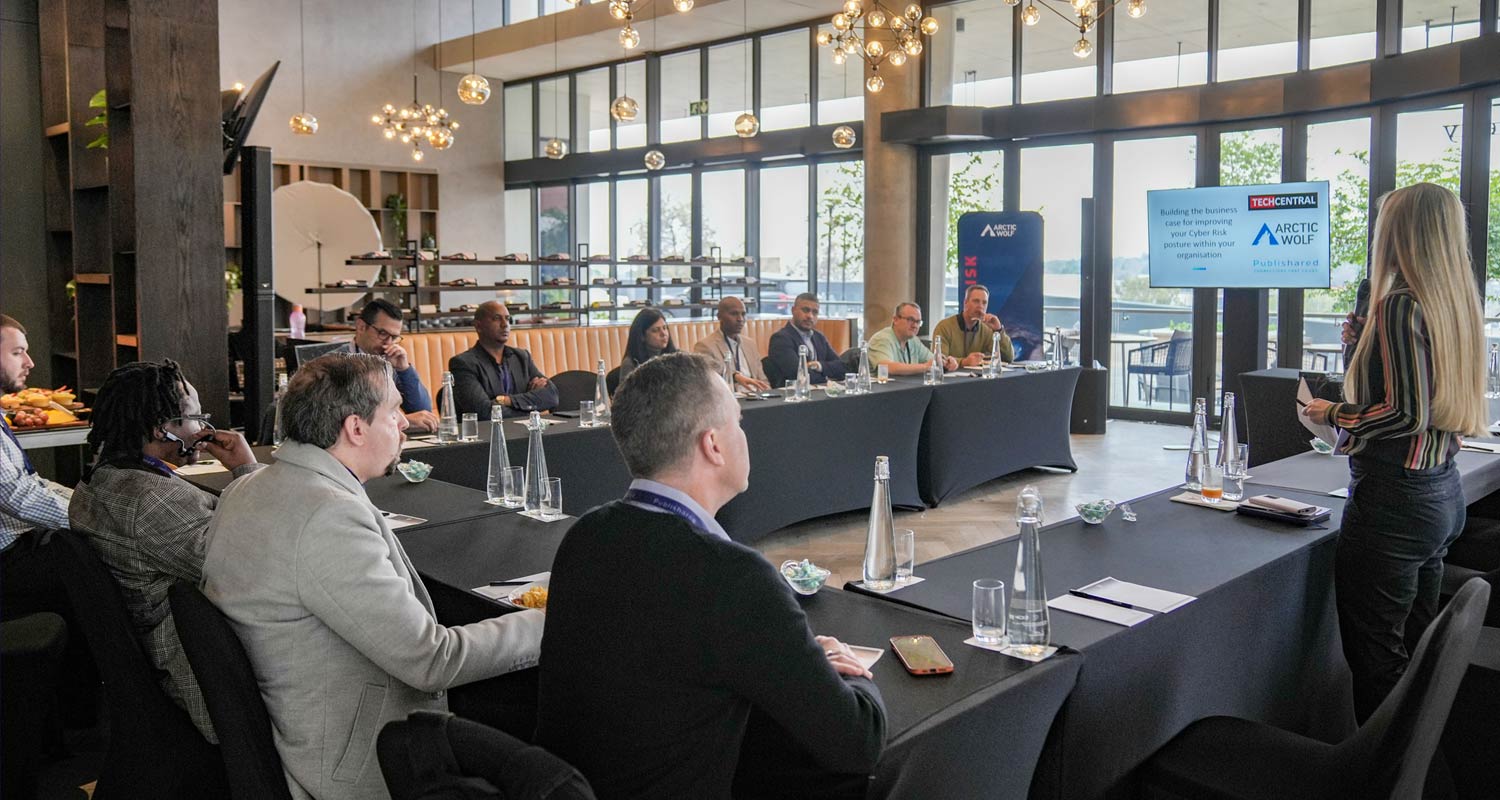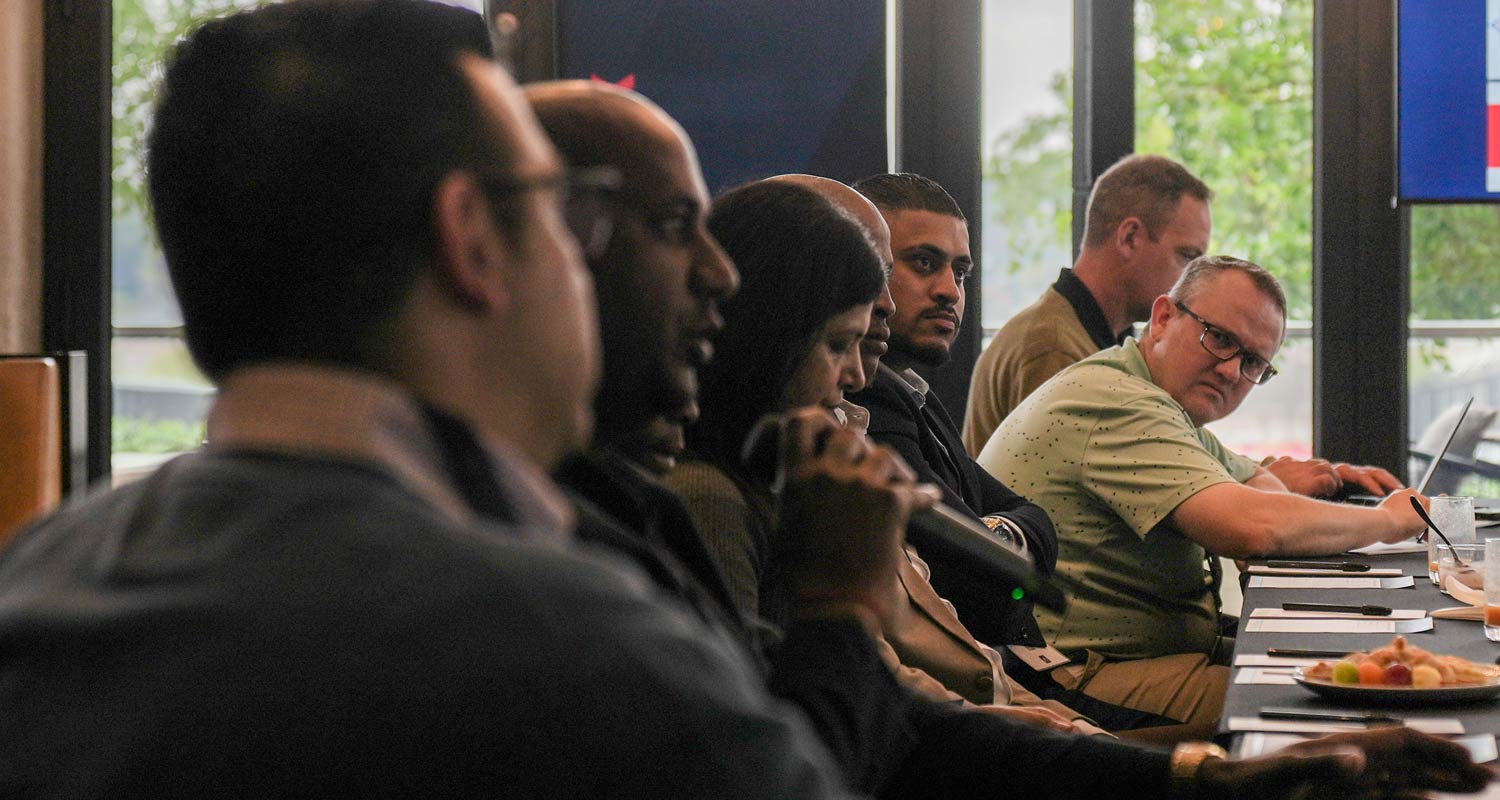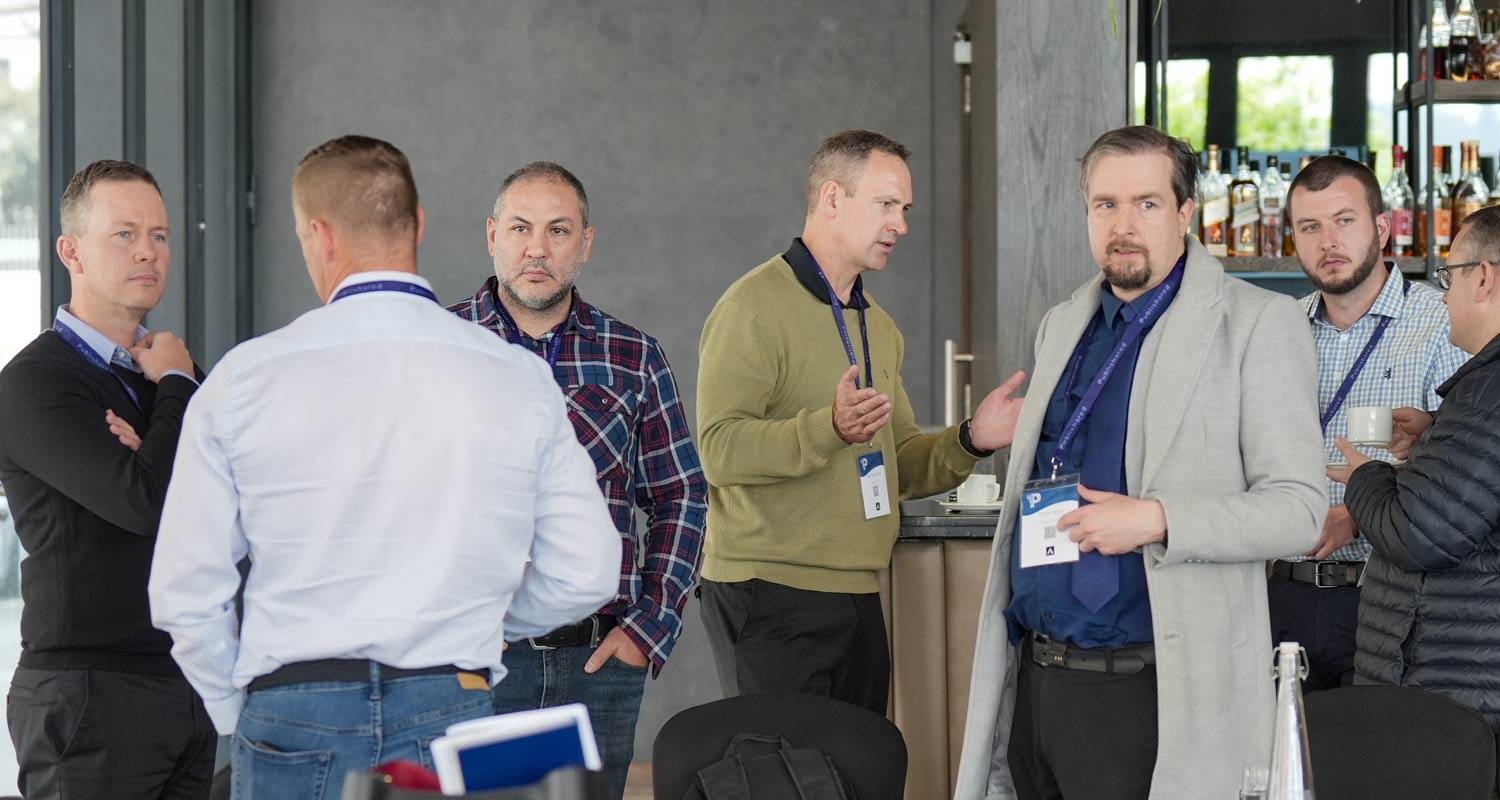 In an period the place digital transformation is integral to enterprise success, cybersecurity has change into a pivotal subject for organisations of all sizes. As cyberthreats change into extra subtle, corporations are challenged to strengthen their cyber threat posture, usually going through the daunting process of securing sources and investments from government management.
In an period the place digital transformation is integral to enterprise success, cybersecurity has change into a pivotal subject for organisations of all sizes. As cyberthreats change into extra subtle, corporations are challenged to strengthen their cyber threat posture, usually going through the daunting process of securing sources and investments from government management.
The important thing to success lies in constructing a robust enterprise case that aligns safety efforts with enterprise objectives and demonstrates tangible returns on funding.
The latest round-table dialogue, hosted by TechCentral and Arctic Wolf, introduced these points into sharp focus, exploring essentially the most urgent cybersecurity points going through organisations, how organisations method them, the function of partnerships, and techniques for successfully speaking the enterprise case for cybersecurity funding to government management and the board.
Legacy programs, rising threats and cultural resistance
Members within the round-table dialogue agreed that organisations right now face a bunch of safety challenges. Legacy programs, which are sometimes tough to guard, current a big vulnerability. These programs require complicated risk-based approaches, with a deal with stopping assaults throughout the “kill chain” and stopping lateral motion throughout networks. Moreover, the fast evolution of threats, pushed by rising applied sciences resembling synthetic intelligence and the web of issues, provides additional complexity. As these applied sciences advance, so, too, do the strategies attackers use to take advantage of vulnerabilities.
There was additionally consensus amongst attendees {that a} notable problem is the human component – staff are sometimes the weakest hyperlink in an organisation’s cybersecurity defences. Whether or not resulting from negligence or resistance to adopting new applied sciences, persons are a serious threat issue. This highlights the necessity for making a tradition of safety, the place people are inspired to report incidents and have interaction proactively with safety insurance policies.
One other problem is the involvement of safety groups in enterprise processes. Members defined that always these groups are introduced in late, after crucial selections have been made. To counter this, organisations are shifting in the direction of a “safety by design” method, the place safety is built-in into the core of enterprise operations from the outset. Involving safety champions throughout numerous departments and making certain insurance policies are enforced constantly are important steps on this course of.
 Lastly, knowledge publicity by cloud providers and the governance challenges related to AI current ongoing considerations. Organisations are more and more specializing in constructing sturdy relationships between safety groups and enterprise items to foster collaboration and mutual understanding.
Lastly, knowledge publicity by cloud providers and the governance challenges related to AI current ongoing considerations. Organisations are more and more specializing in constructing sturdy relationships between safety groups and enterprise items to foster collaboration and mutual understanding.
Guiding frameworks and risk modelling as key instruments
Cybersecurity frameworks, resembling ISO requirements, proceed to be helpful instruments in shaping organisational methods. Nevertheless, round-table individuals emphasised that it’s equally vital to tailor these requirements to suit the particular enterprise context. Understanding how the enterprise operates, what its priorities are and the way safety integrates with these priorities is important to making a extra aligned and efficient safety technique.
Risk modelling emerged as a crucial method for prioritising safety investments. By figuring out essentially the most important threats and vulnerabilities, organisations can focus sources on areas the place they’re most wanted, making certain that cybersecurity efforts are each environment friendly and impactful.
Speaking cybersecurity must the board
One of many key challenges highlighted throughout the spherical desk was the issue cybersecurity leaders face in speaking the necessity for funding to boards and government management. Whereas CIOs and CTOs usually perceive the technical and operational dangers, board members usually view cybersecurity as discretionary moderately than important, failing to see it as a type of insurance coverage that mitigates the dangers of a cyber incident. The monetary and operational impacts of such occasions are sometimes poorly understood, with many executives unaware of how a cyber breach may disrupt operations or injury the organisation’s fame.
To handle this hole, many organisations at the moment are utilizing instruments that simulate the monetary fallout of a cyber breach, serving to to translate summary dangers into concrete figures. This method makes it simpler to construct a compelling case for cybersecurity funding, quantifying the potential penalties, resembling model injury, misplaced productiveness and authorized legal responsibility. By presenting these dangers clearly by simulations, reporting and ongoing coaching, leaders can shift board perceptions and safe the mandatory assist. Members agreed that constructing a enterprise case for enhancing your cyber threat posture requires a strategic method that aligns safety initiatives with enterprise objectives.
 Quantifying the ROI for cybersecurity initiatives stays difficult however is essential for making a persuasive case. Metrics like diminished incident response occasions, fewer breaches and price financial savings from averted assaults can display clear ROI. Oblique advantages, resembling improved worker productiveness and elevated buyer belief, additional underscore the worth of a robust cybersecurity posture.
Quantifying the ROI for cybersecurity initiatives stays difficult however is essential for making a persuasive case. Metrics like diminished incident response occasions, fewer breaches and price financial savings from averted assaults can display clear ROI. Oblique advantages, resembling improved worker productiveness and elevated buyer belief, additional underscore the worth of a robust cybersecurity posture.
Addressing expertise gaps and retaining expertise
The cybersecurity expertise scarcity is a big subject for a lot of organisations and emerged as a recurring theme throughout the dialogue. Excessive demand and prolonged recruitment processes usually lead to gaps inside safety groups. Moreover, as soon as staff are skilled, they might go away for extra profitable alternatives elsewhere. Retaining expertise requires a sturdy workers retention coverage, together with long-term improvement plans and programmes that maintain staff engaged and aligned with the organisation’s objectives.
Some organisations are partnering with distributors to reinforce their inside groups, however this method comes with its personal set of challenges, resembling price uncertainty and the danger of overreliance on exterior sources. To mitigate these dangers, organisations are making certain that inside groups are cross-functional and that any exterior partnerships embody expertise switch packages to construct inside capability.
In-house experience and third-party partnerships
Partnerships with exterior distributors is usually a helpful approach to improve cybersecurity capabilities, however organisations should rigorously handle these relationships. The round-table individuals emphasised the significance of taking a service-based method moderately than specializing in particular merchandise. By constructing a platform round safety operations that augments current toolsets and gives entry to specialised experience and world intelligence, organisations can make sure that their cybersecurity posture stays scalable and versatile.
In the end, accountability for safety should stay in-house, even when exterior companions are concerned. Organisations ought to keep away from outsourcing an excessive amount of management and will preserve transparency of their relationships with distributors.
TechCentral and Arctic Wolf thank all of those that participated within the round-table dialogue.
Don’t miss:
The artwork of deception: unveiling the secrets and techniques of social engineering